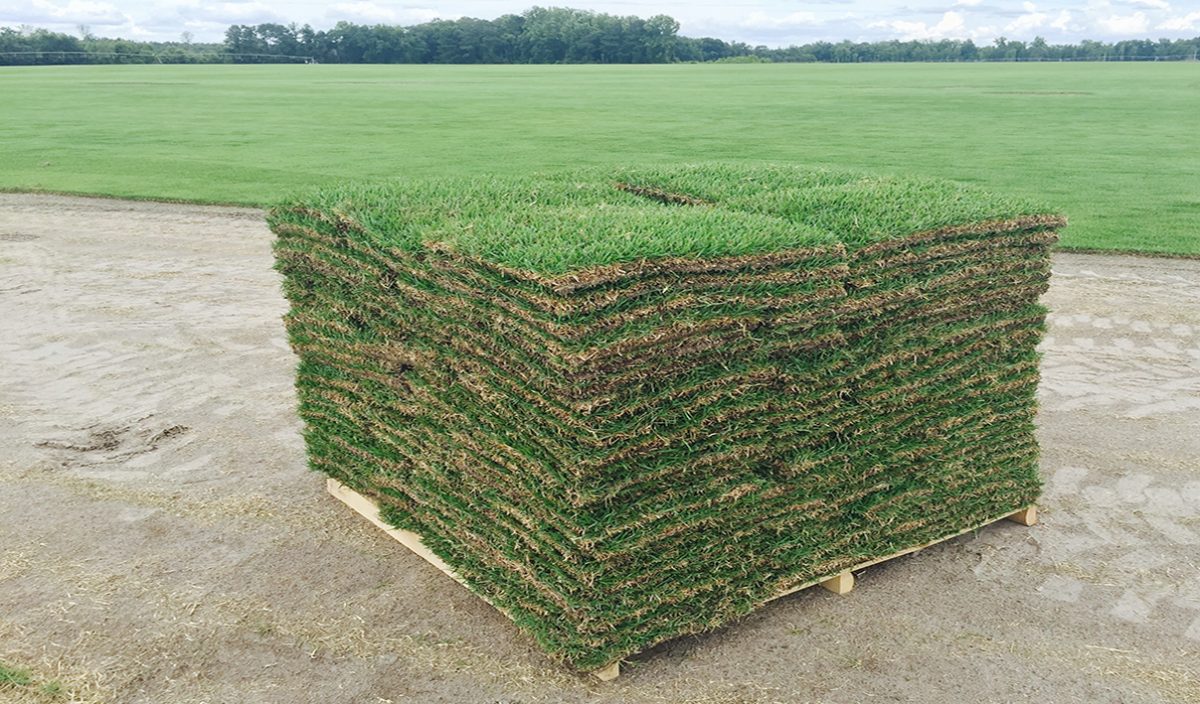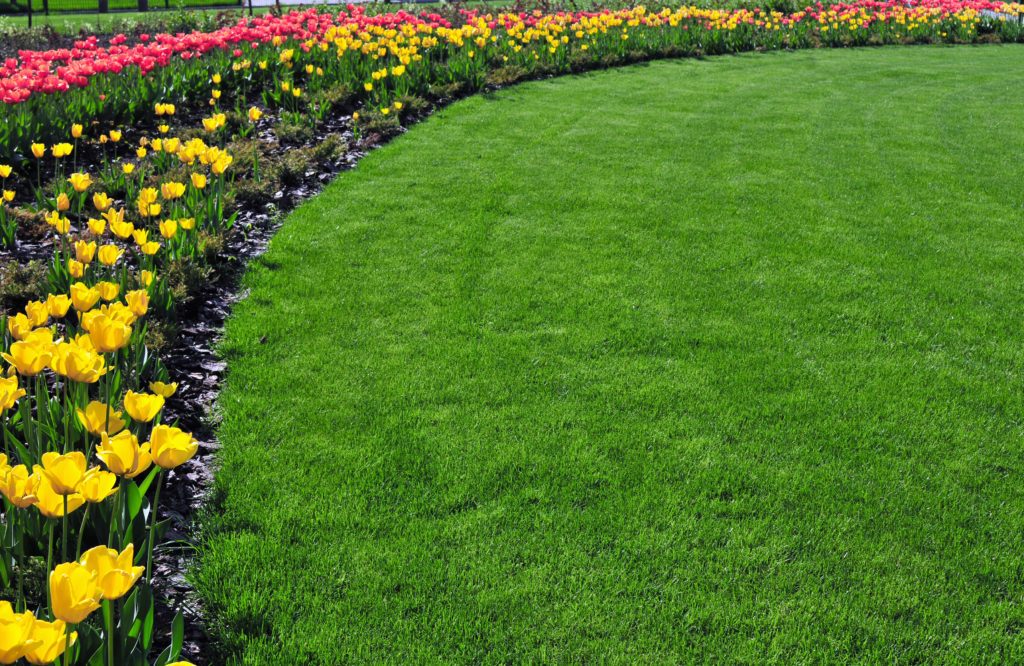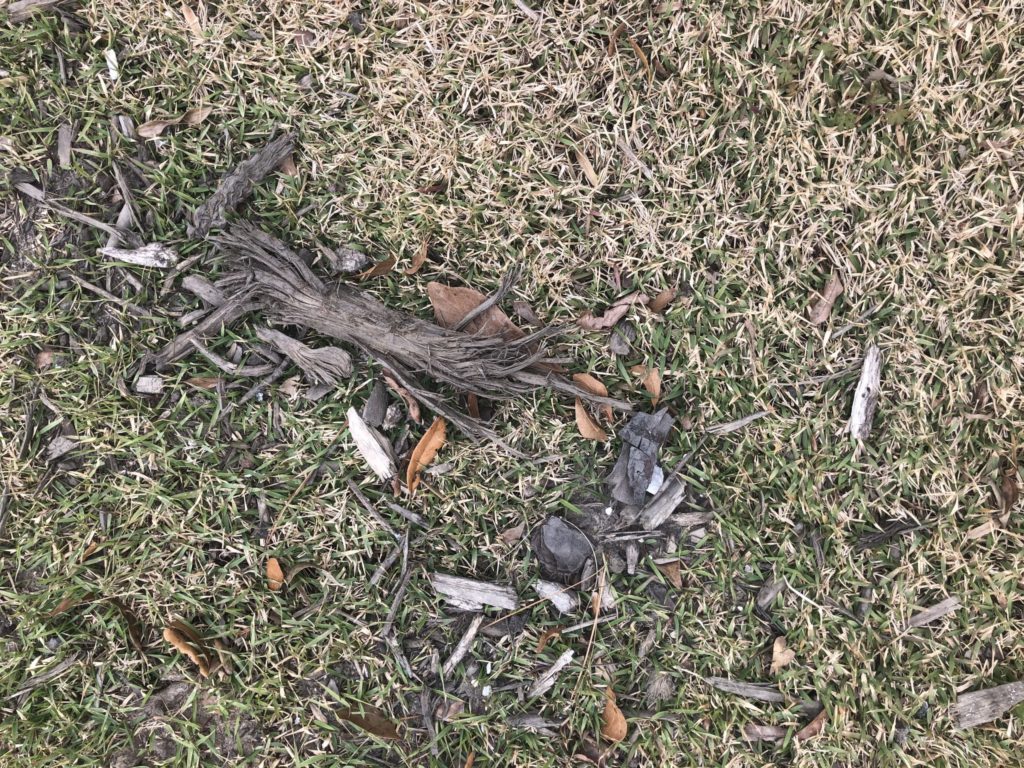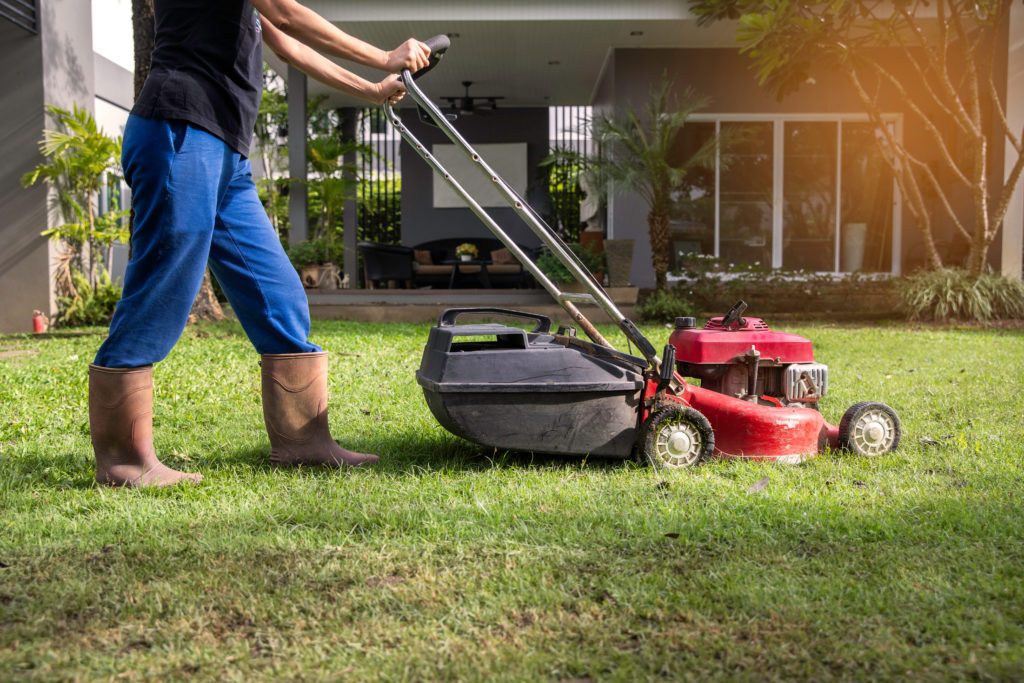From our friends at Sod University.
Sod Webworms in Home Lawns
Now is the time to be on the lookout for several different lawn pests, including the sod webworm. It is important to note that there is a big difference between the sod webworm and the fall armyworm. They are both pests commonly found throughout the United States that damage turf extensively. However, they are both different types of worms that change into very different looking moths. This Sod University installment discusses what a sod webworm is, how to search for symptoms of an invasion and how to treat an infestation.
What is a Sod Webworm?
So, let’s talk sod webworms. The sod webworm, sometimes called the tropical sod webworm is a lawn caterpillar that will invade your lawn usually around the months of May–July and will reappear in the fall. These are not to be confused with the fall armyworm or black cutworm. In the adult form, the webworm is a small beige moth, sometimes called a lawn moth or crambus, that has a one inch wingspan. It is the moth that begins the lawn damage process. The adult female moths fly at dusk, dropping eggs on the grass blade surfaces and thatch area of your lawn. The eggs are yellow in appearance and turn brown as they mature. Each female moth can lay as many as 200 eggs. After the eggs hatch, remarkably within 7–10 days, very small juvenile caterpillars, about 1/2 inch in size, emerge and begin to feed. Full grown caterpillars are 3/4 of an inch in length. It is possible to have as many as five separate hatches throughout the year.
How to Identify Sod Webworms
The first sign of an infestation of sod webworms is noticing transparent grass blades. The juvenile caterpillars do what is called “skeletonizing” a grass blade so that only the veining structure remains. They do this by eating the green out of the blade and leaving in transparent looking. You can see a visual representation of what this looks like in the image below.
The second indication will be the notching of the grass blades. The older mature caterpillars will feed on the blades leaving notches on the sides of the blade. The caterpillars feed at night and during the day, they curl up in a fetal position within their frass. Frass is moist, fresh, green fecal pellets that are found in the thatch and is another indication of the presence of sod webworms.
Another way to detect a problem is to do a soap flush. Put two gallons of tap water in a bucket and add two tablespoons of a lemon scented dishwashing detergent. Go to the area in your yard where you suspect a problem and pour the mixture within a 12 inch circle. You might consider taking a piece of rope to make a 12 inch circle so you can observe the area easier. It could take as much as five minutes, but this mixture will force the insects within the 12 inch circle to the surface where they will be visible on the blades of grass. You can use this to flush other harmful insects to the top for identification as well.
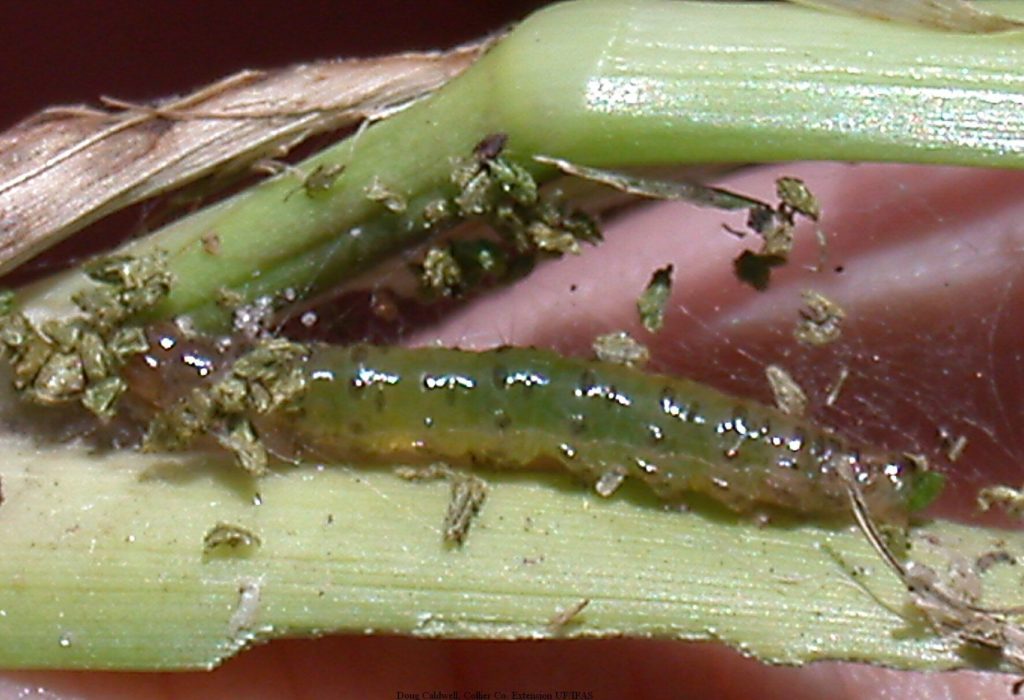
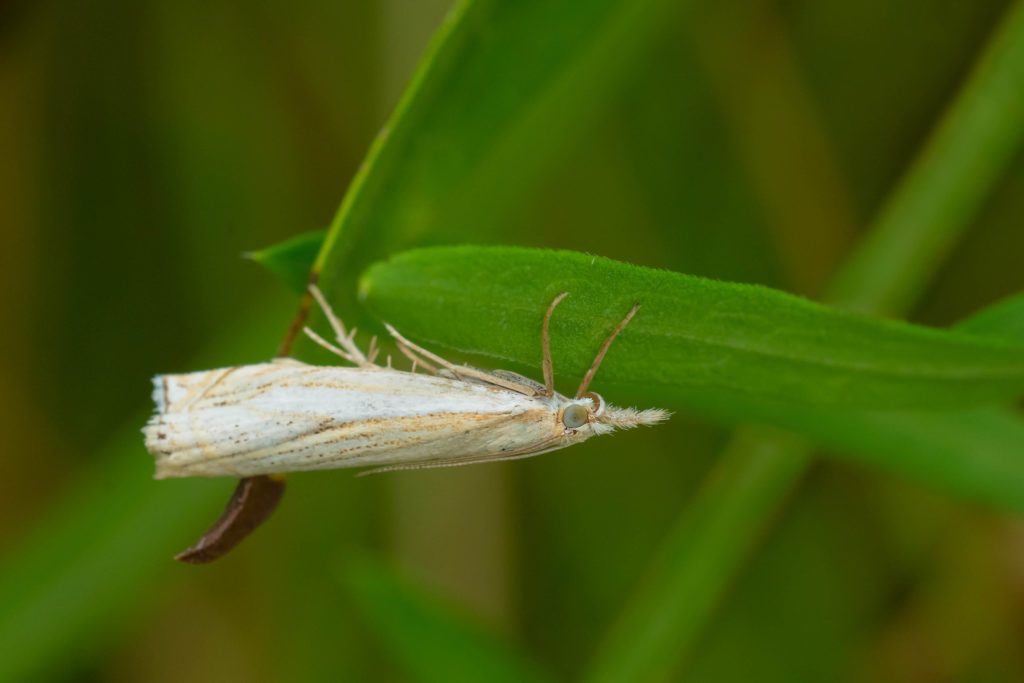
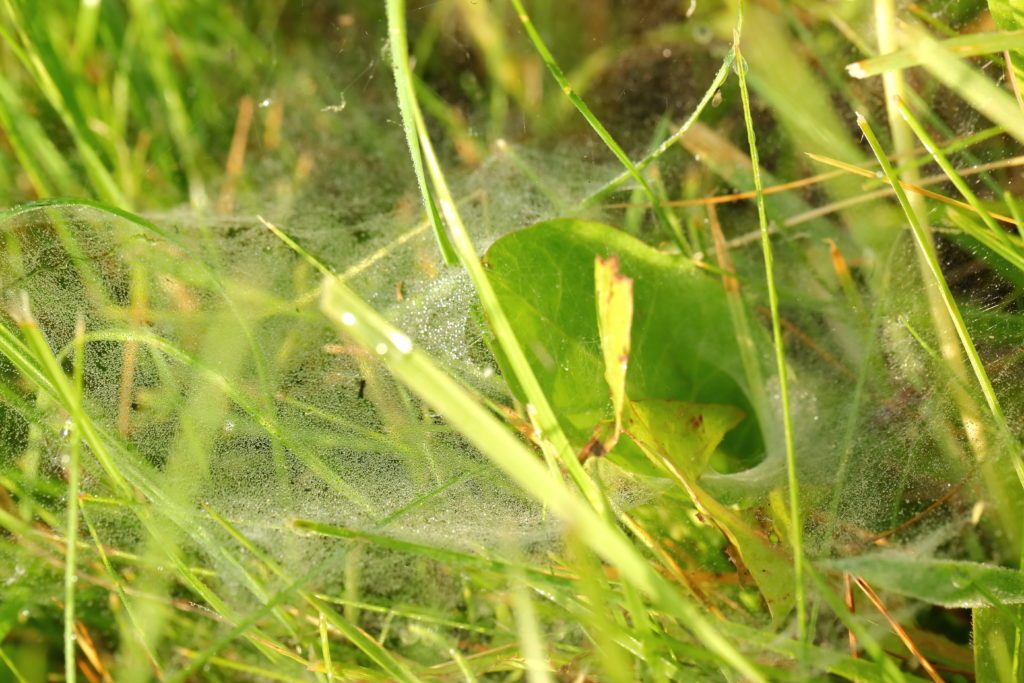
How to Manage Sod Webworms
Non-Chemical Control (Cultural Practices)
In general, healthy turfgrass is less prone to pest pressure and will recover much faster from pest damage. Here are a few cultural practices that may help control sod webworms:
- Mowing Height: Maintain a proper mowing height for the variety of turfgrass you have in your yard. St. Augustine lawns should be mowed at two to four inches while zoysia should be mowed at .5–2 inches. Never cut more than 1/3 of the blade hight during one mowing.
- Reduce Thatch: Mowing at the proper height and frequency will eliminate the chance of a thatch buildup.
- Do Not Overwater: Your grass should only need about one inch of water a week including rainfall.
- Turn Off Flood Lights: Turn your flood lights off at night since moths fly at night and are attracted to the light.
Chemical Control
Chemicals are usually applied to suppress larval (caterpillar) populations when they are feeding. Sample the thatch for sod webworms to determine how many are present before applying a registered insecticide. Best results are achieved by applying insecticides late in the afternoon or early evening when caterpillars are active. Remember to follow all specific label directions. This will ensure that you use the proper amount of chemical for your application, apply the chemical correctly and help you with properly adding any adjuvants necessary for the best efficacy.
